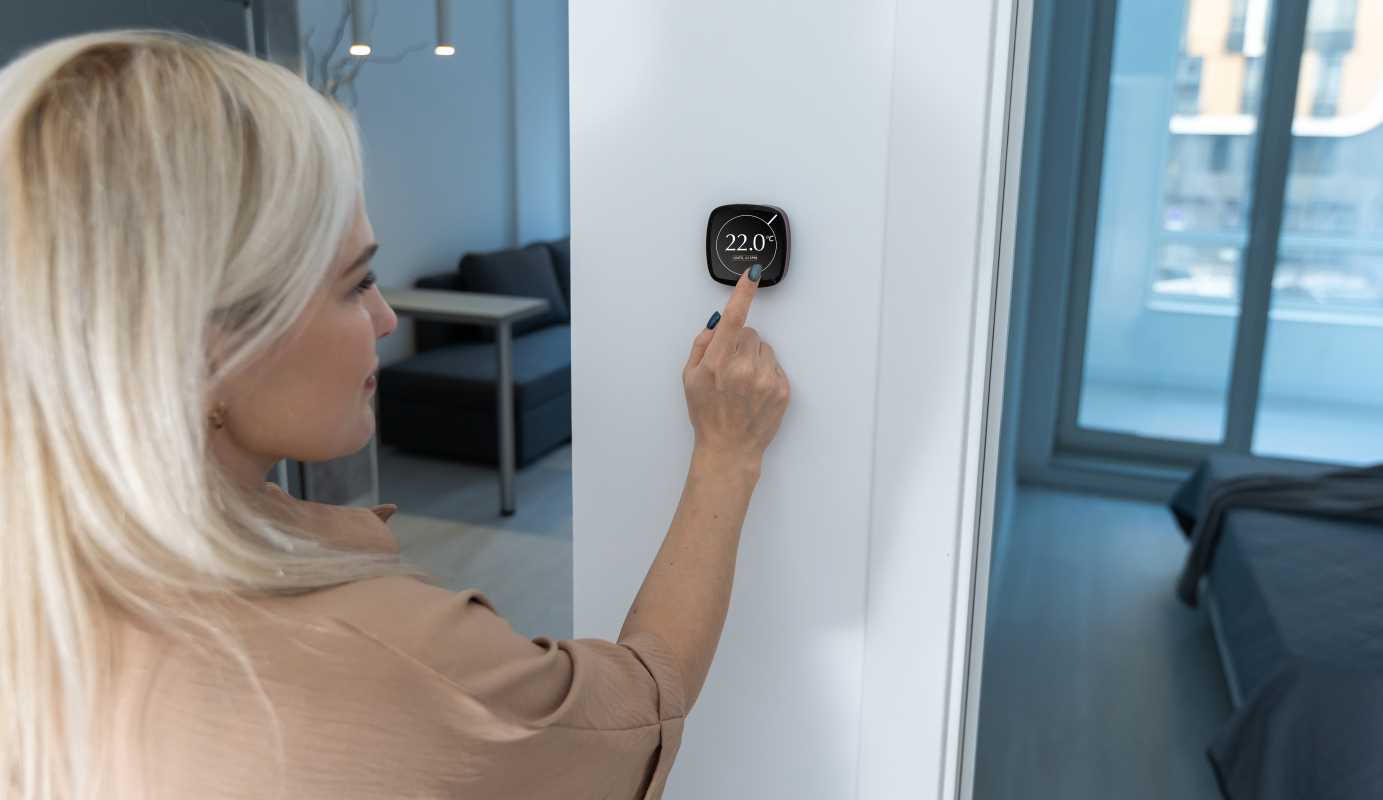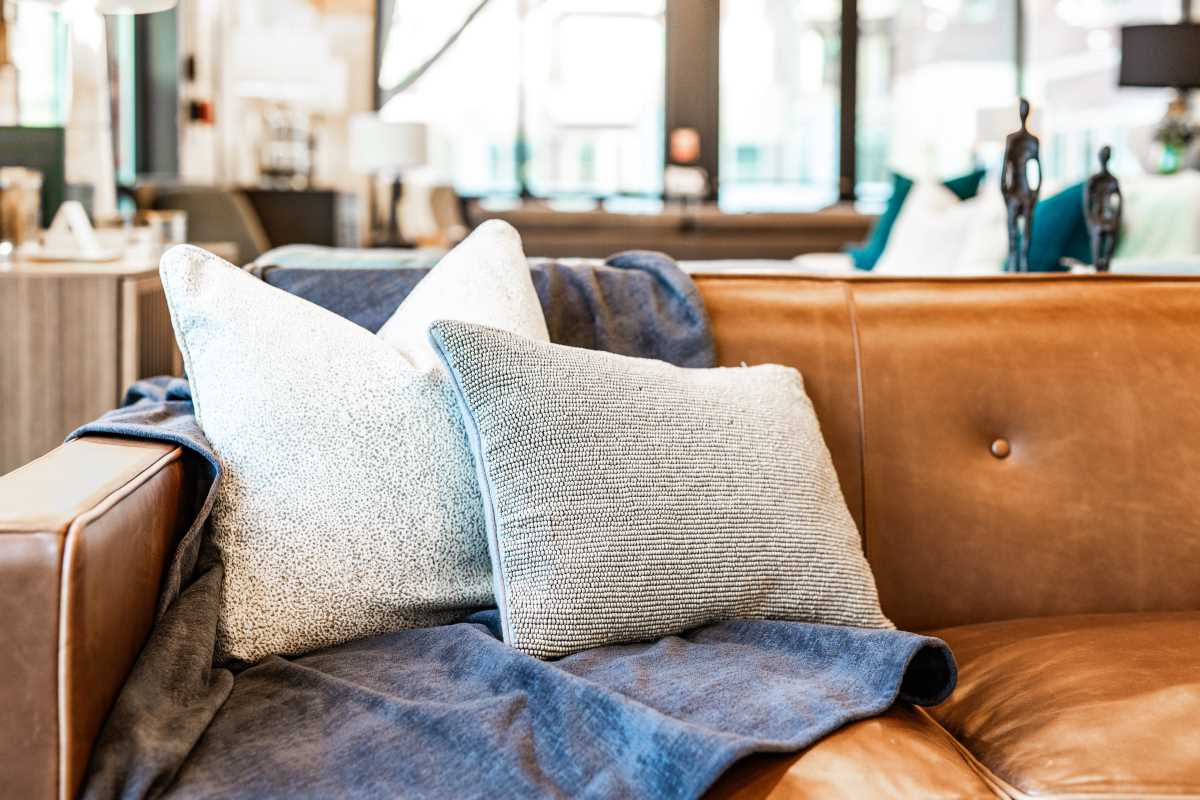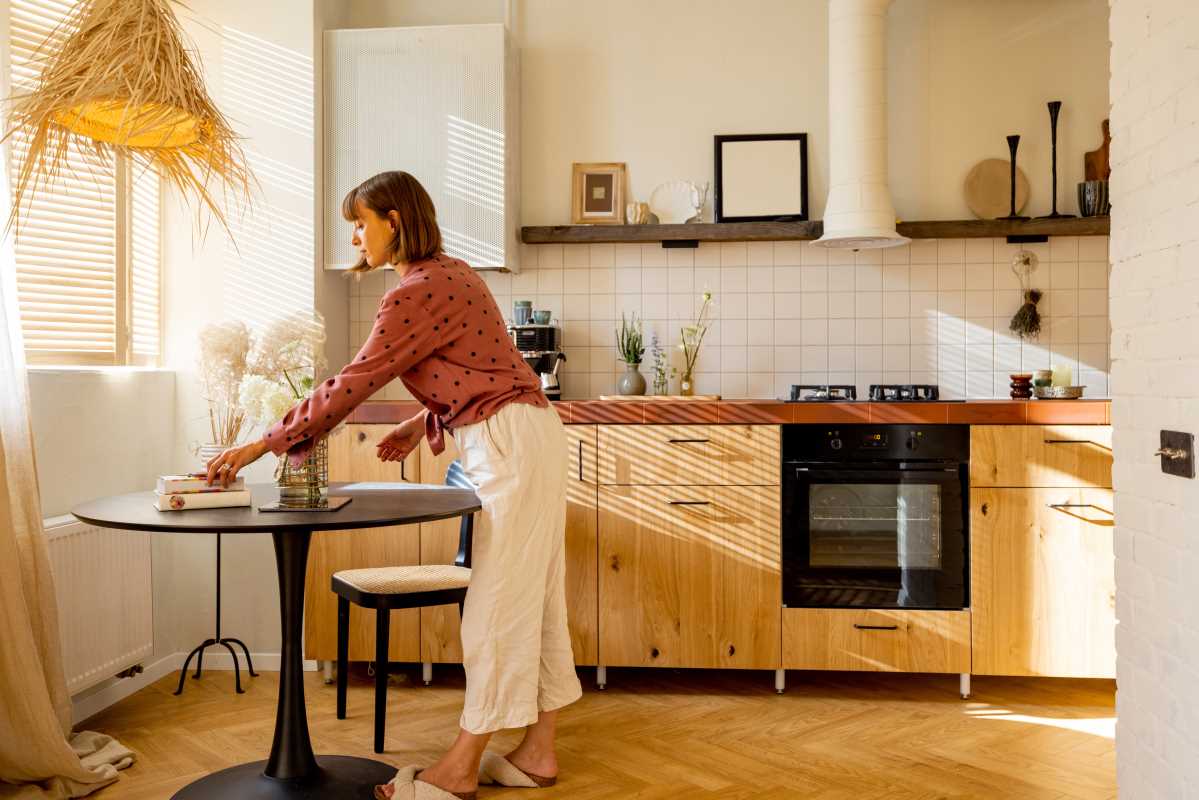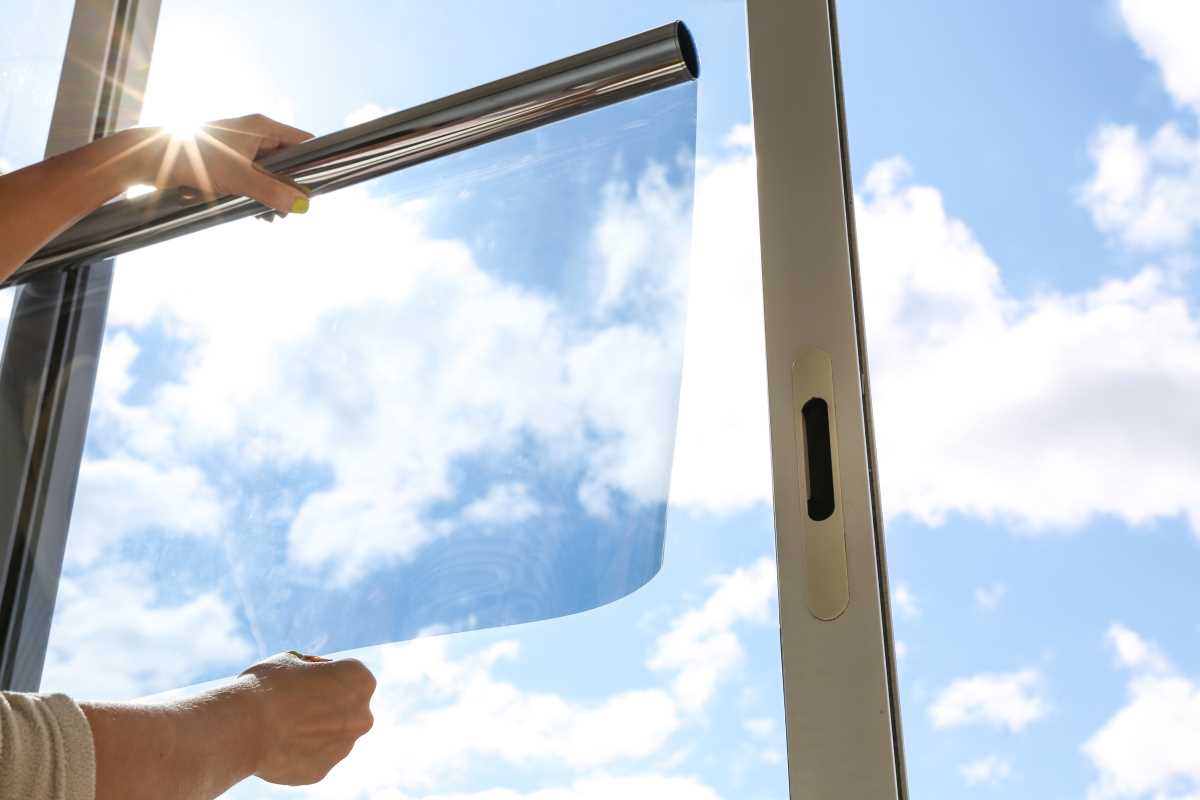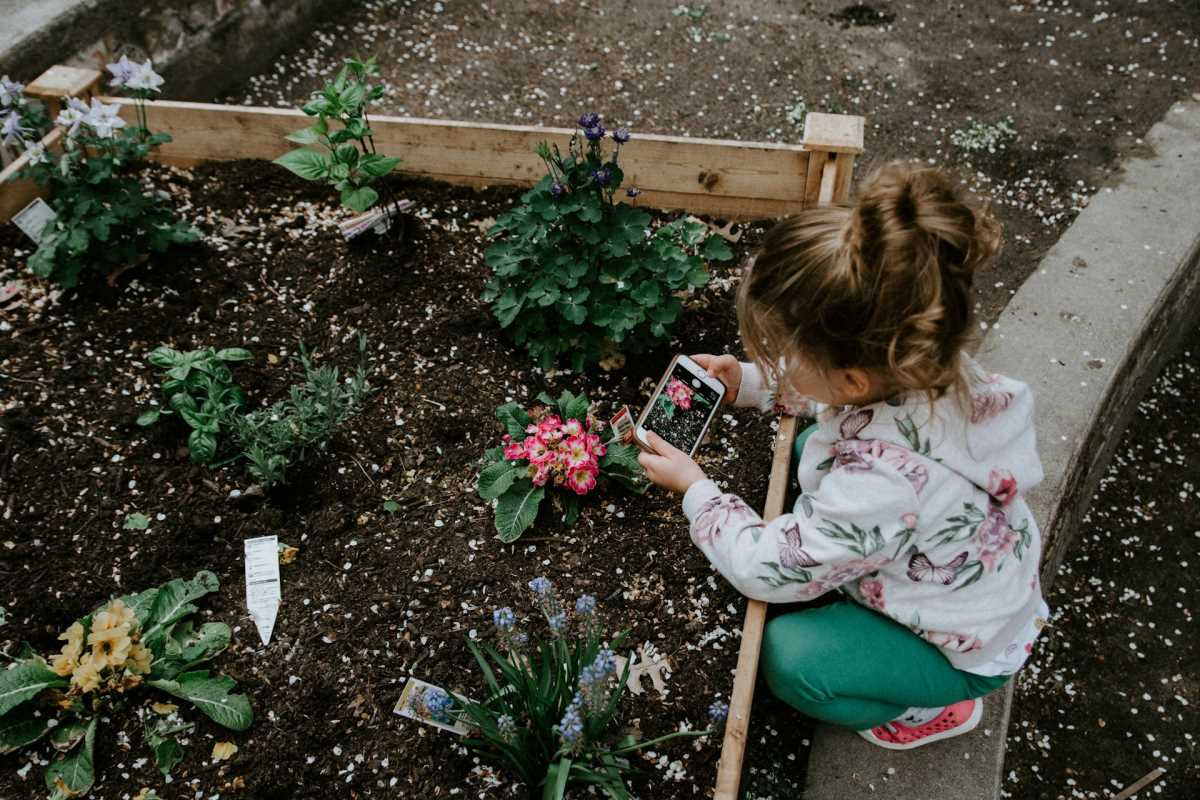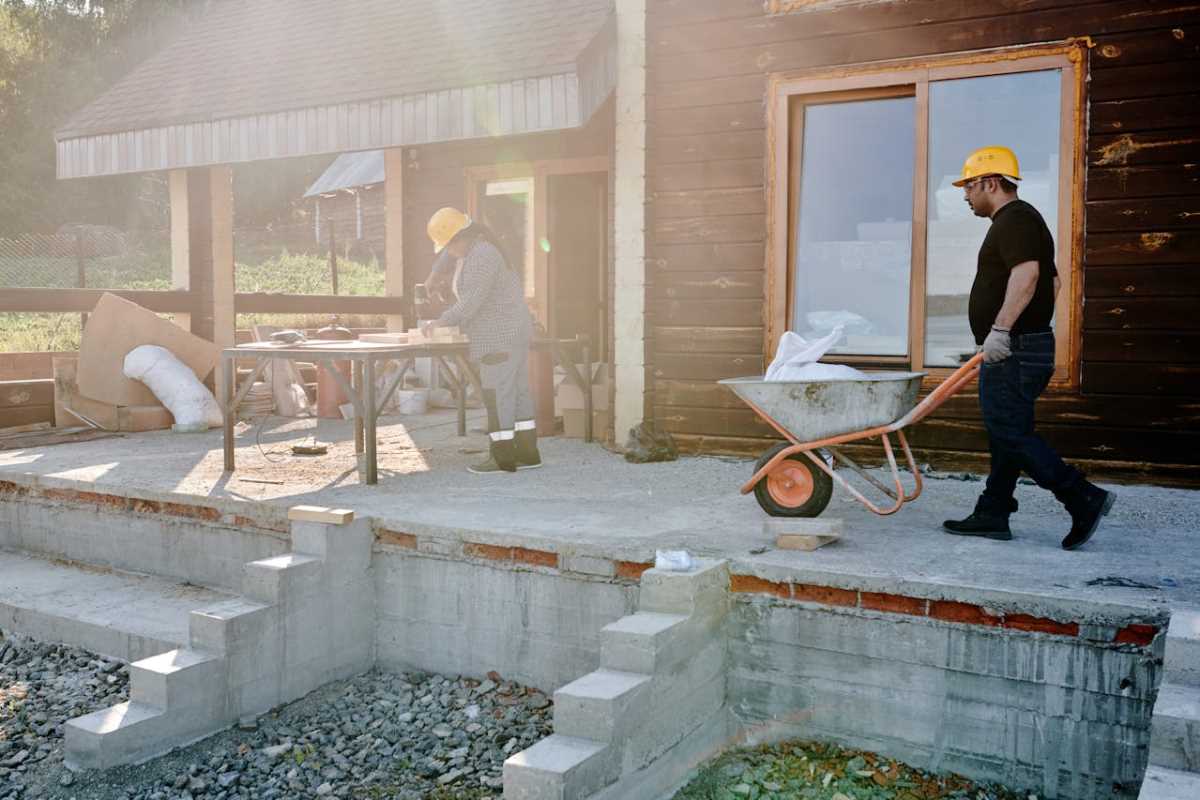A successful open house is a crucial step in the home-selling process. It allows potential buyers to envision themselves living in the space, which can significantly influence their decision to make an offer.
To create a picture-perfect open house, effective staging is key. Here are some essential tips to ensure your home appeals to buyers and stands out in the market.
Enhance Curb Appeal
First impressions are everything, and the exterior of your home sets the tone for what buyers can expect inside.
Start by ensuring your front yard is tidy and inviting. Mow the lawn, trim hedges, and remove any weeds or debris. Adding colorful flowers or potted plants near the entrance can create a welcoming atmosphere.
Repainting the front door or updating hardware like door knobs and house numbers can give your home a fresh, modern look. Ensure the pathway to the entrance is clear and consider pressure washing the driveway and sidewalks for a clean appearance.
Declutter and Depersonalize
Inside, decluttering is crucial. A cluttered space can make a home feel small and chaotic, which is unappealing to buyers. Remove excess furniture, personal items, and any unnecessary decor.
This not only makes rooms appear larger but also allows potential buyers to imagine their own belongings in the space. Depersonalizing the home is equally important. Take down family photos, personal collections, and anything that reflects your specific tastes. The goal is to create a neutral canvas that allows buyers to envision their own story within the walls.
Focus on Lighting
Good lighting can make a significant difference in how a home is perceived. Bright, well-lit spaces feel larger and more inviting.
Open curtains and blinds to let in natural light and replace dim or outdated light fixtures with modern ones. Ensure each room has a mix of ambient, task, and accent lighting to create a balanced and warm atmosphere.
Consider using higher wattage bulbs to brighten spaces, especially in rooms with limited natural light.
Arrange Furniture Strategically
Furniture arrangement plays a vital role in how a space is perceived. Arrange furniture to highlight the flow and functionality of each room. In living areas, create conversation zones with sofas and chairs positioned around a focal point like a fireplace or a large window.
Avoid pushing all furniture against walls as it can make the room feel disjointed. In bedrooms, center the bed against a wall and use symmetrical arrangements for side tables and lamps. The goal is to create a sense of balance and harmony that guides the buyer naturally through the space.
Add Fresh Elements
Incorporating fresh elements like flowers or plants can bring life and vibrancy to a home. Place vases of fresh flowers on dining tables, kitchen counters, and bathroom vanities to add color and elegance. Greenery like potted plants or succulents can enhance the visual appeal of any room. These natural elements not only beautify spaces but also improve air quality, contributing to a healthier home environment.
Highlight Key Features
Take the time to highlight your home's best features.
If you have a stunning fireplace, ensure it's clean and decorated simply to draw attention. Large windows should be dressed with light, airy treatments that don't obstruct the view.
Showcase built-in shelves or unique architectural details with subtle lighting or minimal decor. The idea is to draw attention to these aspects without overwhelming the space.
Create an Inviting Atmosphere
The overall atmosphere of your home should be inviting and comfortable. Use neutral colors and soft textures to appeal to a broad audience. Consider adding cozy touches like throw pillows, blankets, and area rugs.
Soft music playing in the background and a pleasant scent, such as fresh-baked cookies or a subtle citrus aroma, can make visitors feel at home. Ensure the temperature is comfortable and all areas are clean and well-maintained.
Practical Touch-Ups
Small touch-ups can have a big impact on the overall presentation of your home. Repair any visible damage like cracked walls, leaky faucets, or squeaky doors. A fresh coat of paint can do wonders for dated or scuffed walls, instantly brightening and updating the space.
Pay attention to details like clean windows, polished floors, and spotlessly clean bathrooms and kitchens. These efforts show potential buyers that the home has been well-cared for.
Final Walkthrough
Before the open house begins, do a final walkthrough to ensure everything is in place. Check that all lights are on, curtains are open, and every room is tidy and welcoming. Ensure the home is free from any clutter or personal items that might distract potential buyers. A last-minute check can help catch any overlooked details and ensure the home is presented in its best possible light.
Staging a home for an open house involves more than just cleaning and organizing. It’s about creating a space that potential buyers can see themselves living in.
By focusing on curb appeal, lighting, furniture arrangement, and the overall atmosphere, you can make your home stand out in the competitive real estate market. These staging tips not only enhance the visual appeal of your home but also help create a memorable experience for every visitor, increasing the likelihood of a successful sale.
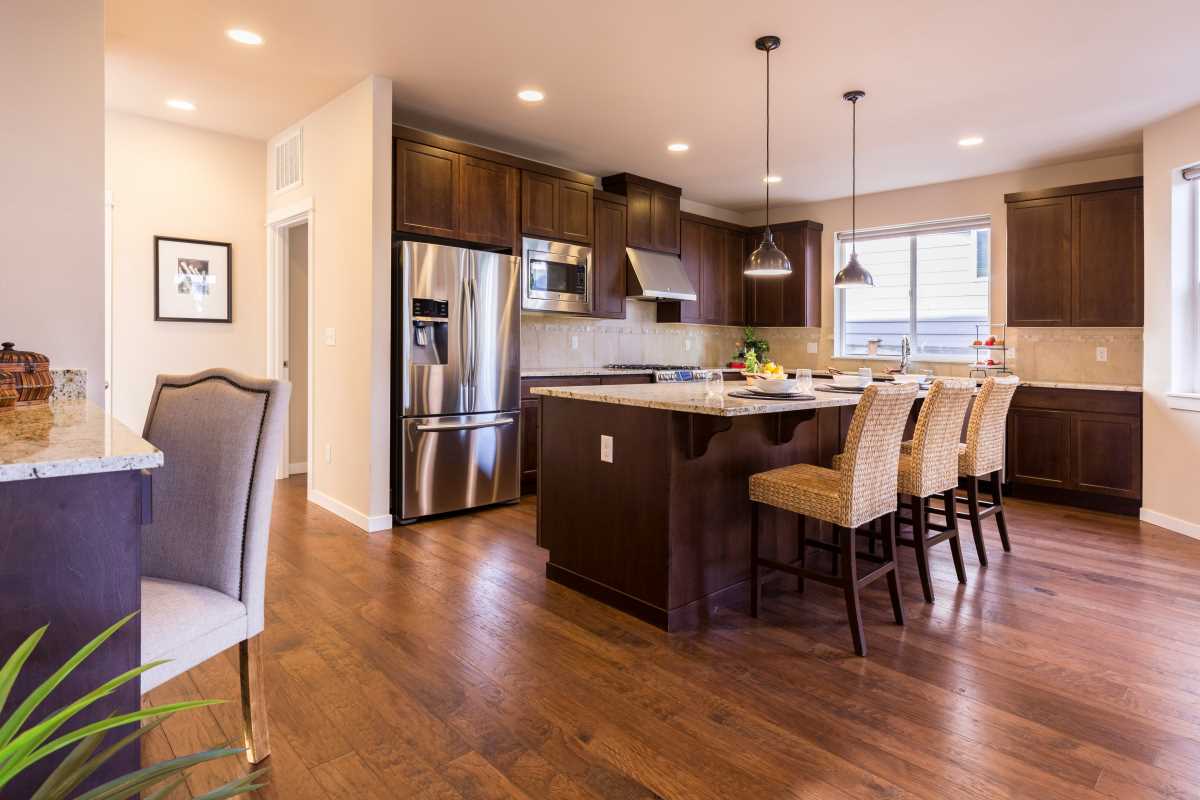 (Image via
(Image via